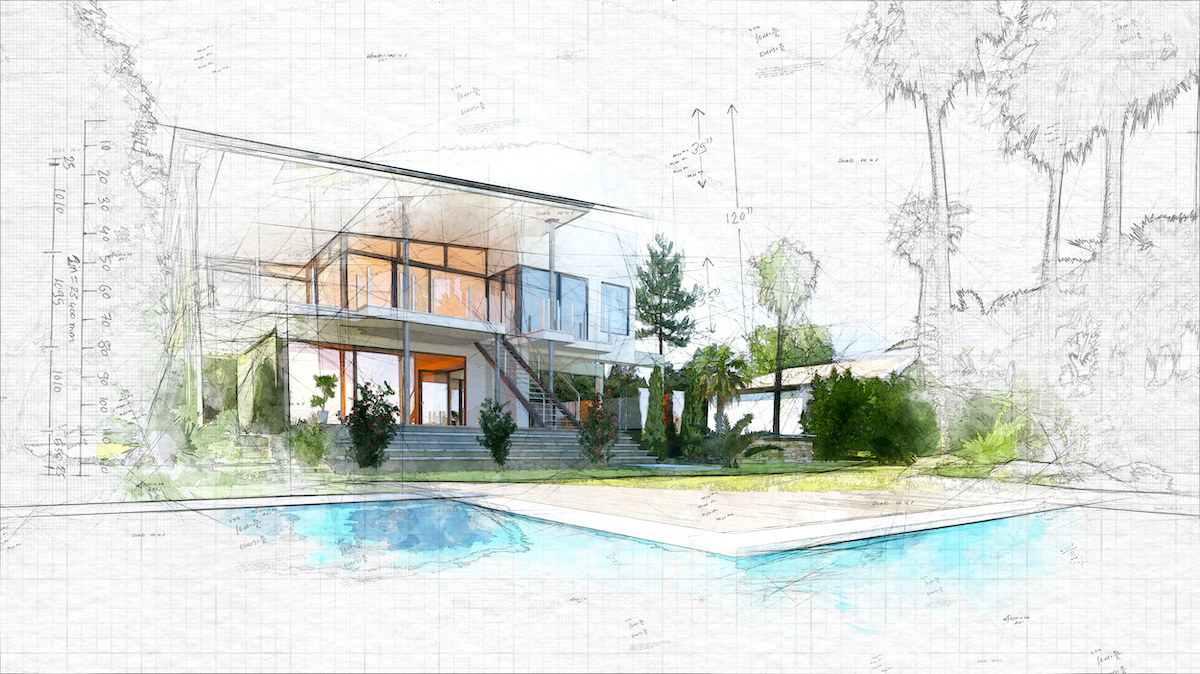Leading Reasons to Pick CDA Architects for Your Residential or Commercial Styles
Leading Reasons to Pick CDA Architects for Your Residential or Commercial Styles
Blog Article
Comprehending the Collaborative Refine In Between Engineers and Engineers in Modern Construction Projects
The joint process between designers and engineers is necessary in contemporary building tasks, as it integrates style intent with design usefulness. Exploring these characteristics discloses insights that could dramatically impact task results and overall sector criteria.
The Importance of Collaboration
The joint synergy between engineers and designers is vital for the successful awareness of any type of building and construction task. This collaboration unites distinctive proficiency and viewpoints, enabling the integration of innovative layout with functional engineering services. By interacting, architects and engineers can make certain that a job not only fulfills visual and practical requirements however likewise complies with safety, sustainability, and monetary restraints.
Partnership fosters a common vision, facilitating the positioning of objectives and expectations from the outset. This positioning is important in dealing with possible obstacles and mitigating threats that could emerge throughout the task lifecycle. Moreover, a collaborative strategy permits the efficient appropriation of resources, enhancing both time and cost.
The relevance of cooperation includes the iterative process of style and building, where feedback from designers can inform architectural decisions, leading to more possible and sustainable layouts. Conversely, designers can inspire designers to think creatively regarding how to achieve architectural stability without compromising imaginative intent. Ultimately, the collective relationship in between architects and engineers is not just helpful; it is fundamental to the production of premium, functional, and cutting-edge developed atmospheres that fulfill the demands of society.
Interaction Techniques and Tools
Efficient interaction methods and tools are vital for fostering cooperation between architects and designers throughout the task lifecycle. Developing clear networks of communication is vital to ensure that all employee are lined up with task purposes, timelines, and obligations. Regular conferences, both in-person and online, supply opportunities for stakeholders to talk about development, address issues, and make notified choices.
Making use of project management software application, such as BIM (Building Info Modeling) systems, enhances cooperation by allowing real-time sharing of layout adjustments and technical specifications. These devices facilitate openness, enabling engineers and engineers to visualize adjustments and examine their effect on the overall job.

Shared Objectives and Project Vision

Developing shared goals entails open dialogue and a detailed understanding of each self-control's payments. Designers commonly concentrate on layout intent, spatial partnerships, and individual experience, while designers emphasize architectural stability, systems performance, and compliance with regulations (cda architects). When these viewpoints are lined up, the result is a natural job that complies with both innovative ambitions and technological usefulness
In addition, a well-defined task vision cultivates liability amongst staff member, encouraging each individual to take possession of their function in attaining the preferred end result. Regular check-ins and try this out joint workshops can better enhance this commitment, enabling modifications to be made as the task evolves. Eventually, a common vision not just boosts teamwork but likewise boosts the quality of the final deliverable, resulting in successful project completion.
The Function of Technology
Leveraging technology has actually ended up being vital in boosting partnership in between architects and designers. Structure Details Modeling (BIM) stands out as a crucial modern technology, enabling both designers and designers to develop thorough 3D versions that envelop design intent and structural stability.
Additionally, cloud-based platforms allow smooth collaboration, enabling job stakeholders to gain access to and update task data from anywhere. This cultivates a society of openness and liability, as modifications can be tracked and evaluated in real-time. Additionally, mobile applications additional enhance interaction, providing on-site groups with prompt accessibility to project specifications and updates.
Emerging innovations such as expert system and machine understanding are additionally starting to play a duty in anticipating analysis, assisting groups determine potential problems before they arise. Inevitably, the duty of modern technology in architecture-engineering cooperation not only enhances operations efficiencies however additionally enhances technology, bring about more successful job end results. By embracing these technical advancements, engineers and engineers can make certain a more cohesive and effective collaborative process throughout the construction lifecycle.
Case Studies in Successful Collaborations
Countless study illustrate the profound effect of reliable collaborations between engineers and i thought about this designers on project results. One remarkable example is the partnership on the High Line in New York City City, where landscape designers, engineers, and urban coordinators interacted to transform an abandoned rail line right into a dynamic public park. This multidisciplinary strategy not only boosted the visual quality but likewise made certain structural safety and security and ecological sustainability.
An additional exemplary instance is the layout and construction of the Sydney Concert Hall. The partnership in between designer JÃ ¸ rn Utzon and structural designer Ove Arup exemplified innovative problem-solving. Their collaboration allowed for the iconic shell-like layout while attending to intricate design challenges, inevitably bring about an ageless building work of art.
The Burj Khalifa in Dubai even more shows the significance of collective initiatives. cda architects. The integration of style and design know-how enabled the task team to attain extraordinary elevations while sticking to safety regulations and aesthetic vision
These instances emphasize the value of communication, trust, and shared goals. In today's complicated construction atmosphere, such collaborations are necessary to browsing challenges and delivering tasks that fulfill both learn the facts here now useful and visionary goals.
Final Thought
In verdict, the partnership in between engineers and designers is crucial for the success of contemporary building and construction projects. Reliable interaction techniques, a common project vision, and the assimilation of advanced modern technologies are critical parts that facilitate this partnership.
Report this page